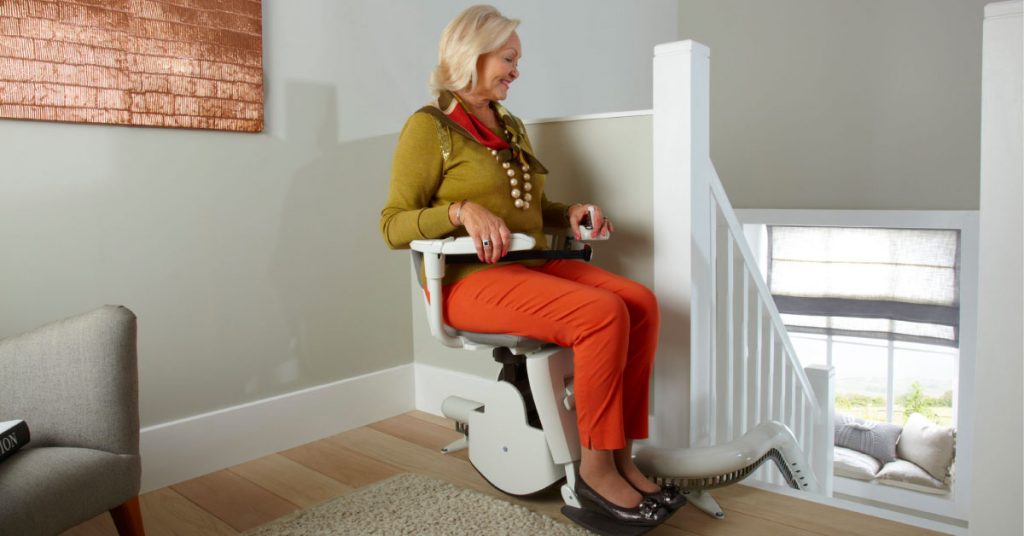Ensuring pet safety at home is a vital responsibility for every pet owner. Whether you have a curious cat, a playful puppy, or any other beloved companion, creating a safe environment is crucial. By taking proactive measures, you can prevent accidents and keep your pets healthy and happy. Let’s dive into some essential tips for ensuring pet safety at home.

Understanding the Importance of Pet Safety
Pet safety at home is an often overlooked aspect of pet ownership. Many hazards lurk within our homes that can pose serious risks to our furry friends. From toxic plants to unsecured furniture, it’s essential to identify and mitigate these dangers. By doing so, we not only protect our pets but also create a harmonious living space.
Identifying Common Household Hazards
Our homes are filled with potential hazards. Identifying these is the first step towards ensuring pet safety at home. Common dangers include:
- Toxic plants like lilies and poinsettias
- Cleaning agents and chemicals
- Small objects that can be swallowed
- Electrical cords
By addressing these risks, we can create a safer environment for our pets.
Securing Furniture and Appliances
Unsecured furniture and appliances can pose significant risks. For instance, a curious cat could easily topple a wobbly bookshelf. Ensuring that all furniture is stable and appliances are secured is a crucial step in pet safety at home.
Using Pet-Friendly Cleaning Products
Many conventional cleaning products contain chemicals that are harmful to pets. Opt for pet-friendly alternatives to ensure your cleaning routine doesn’t pose a risk to your furry companions.
Creating a Safe Outdoor Space
For those with outdoor pets, ensuring pet safety at home extends to the yard. A secure fence and the absence of toxic plants are essential considerations.
Fencing and Gates
A secure fence is vital to prevent pets from wandering off. Additionally, consider installing safety gates to restrict access to potentially dangerous areas.
Checking for Toxic Plants
Many common plants can be toxic to pets. Regularly inspect your garden and remove any potentially harmful plants to ensure pet safety at home.
Pet-Proofing Your Home
Just like child-proofing, pet safety at home requires a thorough inspection of potential dangers. From covering electrical outlets to securing loose wires, every small step counts.
Securing Loose Wires
Loose wires are not only a tripping hazard but can also pose a risk of electrocution. Ensure all wires are secured and out of reach of curious pets.
Using Pet Gates Indoors
Pet gates can be an effective way to restrict access to certain areas, ensuring pet safety at home. Consider using them to block off staircases or rooms with potential hazards.
Training and Supervision
Training plays a crucial role in ensuring pet safety at home. Teaching basic commands and supervising your pets can prevent many accidents.
Basic Obedience Training
Commands like ‘stay’ and ‘leave it’ can be invaluable in preventing accidents. Regular training sessions can reinforce these commands, ensuring your pet’s safety.
Supervising Playtime
Always supervise your pets during playtime, especially if they’re playing with toys that could pose a choking hazard.
Emergency Preparedness
Being prepared for emergencies is a crucial aspect of pet safety at home. Having a plan in place can make all the difference.
Creating a Pet Emergency Kit
A pet emergency kit should include essentials like food, water, and a first aid kit. Regularly update the kit to ensure everything is up-to-date.
Identifying Emergency Contacts
Ensure you have a list of emergency contacts, including your veterinarian and local animal hospital. In case of an emergency, quick access to these contacts can be crucial.
Regular Health Check-ups
Regular vet visits are essential for maintaining your pet’s health. These check-ups can help identify potential health issues early, ensuring pet safety at home.
Vaccinations and Preventatives
Ensure your pets are up-to-date on their vaccinations and preventative treatments. This not only protects them from diseases but also contributes to overall pet safety at home.
Monitoring Changes in Behavior
Any sudden changes in your pet’s behavior can indicate health issues. Regular monitoring ensures you can address potential problems early.
Conclusion
Ensuring pet safety at home is a continuous process. By taking proactive steps, from pet-proofing to regular health check-ups, we can create a safe and happy environment for our beloved companions. Remember, a little effort goes a long way in ensuring our pets live a long, healthy, and safe life at home.

FAQs
What are the most common household hazards for pets?
The most common hazards include toxic plants, cleaning agents, small objects that can be swallowed, and unsecured furniture.
How can I create a pet-friendly outdoor space?
Ensure your yard is fenced and free from toxic plants. Regularly inspect the area for potential hazards.
Why is regular vet check-up important for pet safety?
Regular check-ups help identify potential health issues early, ensuring your pets remain healthy and safe.
This article contains affiliate links. We may earn a commission at no extra cost to you.

